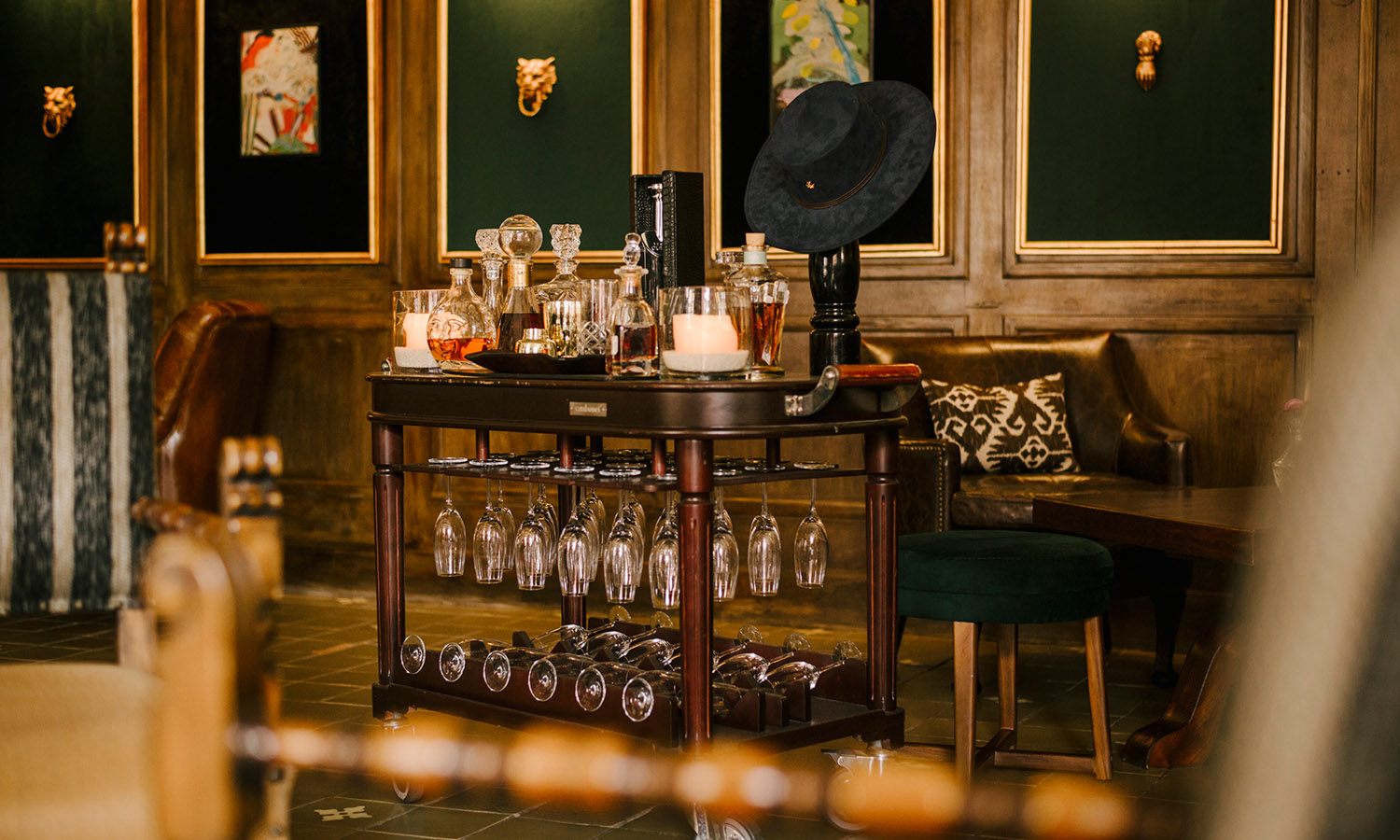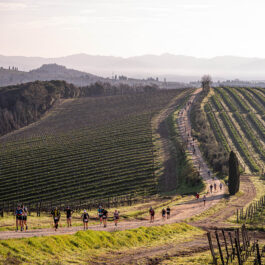Tequila is a synonym for Mexican folklore – a spirit deeply rooted in the country’s social, cultural and culinary identities. Born from Tequilana Weber agave, also known as blue agave, this beloved spirit carries centuries of tradition in each drop.
Yet, in spite of its rich history and endless sensory appeal, tequila is still misunderstood by some. Long associated with blurry nights at the club (and the bad hangovers that come with them), some drinkers have become wary of this liquid, unaware that good tequila should be sipped slowly, taking in its many nuances, flavours, aromas and, most of all, the story behind each bottle.
Many casual tipplers are not even aware of the distinction between tequila and mezcal – the latter being the general name for ‘tequila’ spirits made from any of the approximately 40 varieties of agave plant, and the former being reserved for spirits distilled from blue agave specifically.
We talked to Reinaldo Sequera, Director of Food & Beverage at the iconic Rosewood San Miguel de Allende, about how he and his team at the hotel’s 1826 Tequila Bar lead guests along their agave journeys – wherever they might be. The bar’s evocative setting transports guests with its classic hacienda parlour atmosphere, inviting them to discover and rediscover the gifts of tequila and mezcal (the proper name for ‘tequila’ spirits made from the agave plant, but not blue agave), as well as other spirits. Reinaldo shared the mission behind every tequila poured at 1826, as well as a few tips for our own tequila-sipping adventures along the way.

Essentials: Do you think there are still some misconceptions or clichés surrounding tequila and mezcal? What do you and your team do to counter them?
Tequila has historically been marketed in a way that encouraged binge drinking, which affected its reputation. However, we’re seeing a shift toward greater acceptance with educational programmes and cultural appreciation that emphasise enjoying these spirits mindfully. Our team is dedicated to guiding guests on how to savour tequila and mezcal, highlighting their rich heritage and complex flavours.
Have you found an increased interest in these spirits among your guests over the past few years?
Agave spirits have gained a significant global presence on the beverage scene over the past decade. This growth has been notably fuelled by the introduction of mezcal in Europe and its enthusiastic embrace by leading bartenders who value its versatility in crafting cocktails.

Tell us about the tequila and mezcal collection at 1826. How have you and the team developed this collection over the years?
Reinaldo Sequera: We are proud to offer the largest selection of agave spirits – not only in San Miguel de Allende, but across the central Bajío region. Our current collection features 140 distinct varieties, spanning tequila, mezcal, sotol, raicilla and other artisanal agave distillations.
At the heart of this programme is a commitment to supporting local communities and honouring provenance, with our bar serving as a showcase for products exclusively available within Mexico – some of which are not necessarily available in other countries like the US.
1826 offers tequila tastings to guests. What types of spirits can guests try during these experiences?
Tastings are designed to take our guests through a journey of different flavour profiles and complexities. Guests can enjoy a curated selection of five distinct spirit categories varying from blanco, reposado, añejo, cristalino and extra añejo.

How would you recommend that someone start their tequila collection at home?
It all depends on individual palate profiles and preferences. The beauty of tequila is in its diversity, ranging from bold, high-alcohol expressions to those with rich wood notes from French and American oak ageing, as well as mineral tones and, occasionally, a subtle natural sweetness that makes it smoother to drink. My advice is to understand that building a taste for tequila takes time; it’s a spirit meant for sipping.
What are some of your favourite tequila and mezcal labels? How do you like to enjoy them?
I personally consider Tequila Fortaleza (reposado) to be one of the best tequilas in the world. It works very well for both sipping or using in cocktails. As for mezcal, I’m drawn to Bruxo #3, made from Barril agave. This smaller agave leads to delicate mineral notes while preserving the signature smoky notes found in mezcal.
Do you have any food pairings to recommend?
Tequila pairs beautifully with foods high in acidity, like a fresh tomato salad with balsamic vinaigrette, or with foods such as aged cheeses.














Sorry, the comment form is closed at this time.